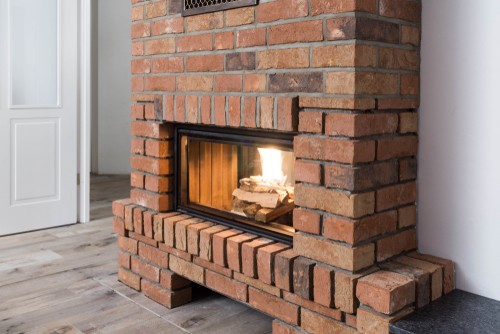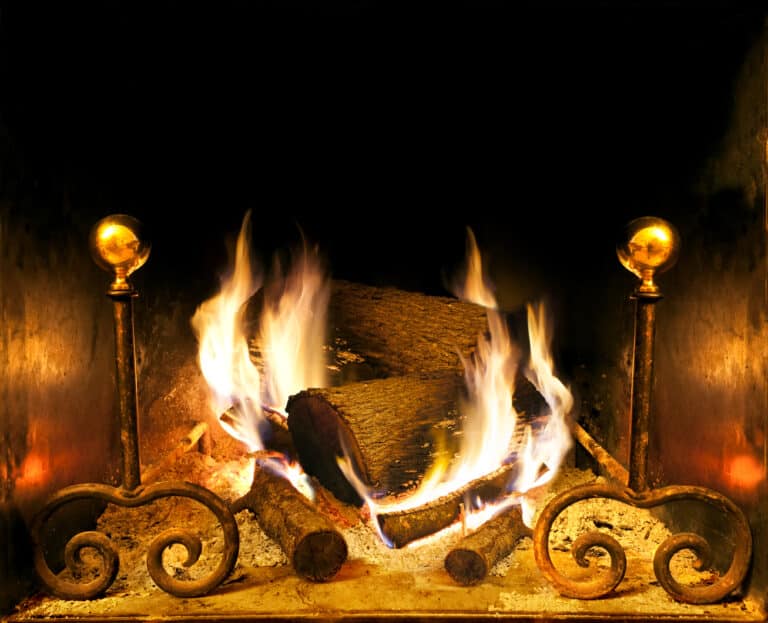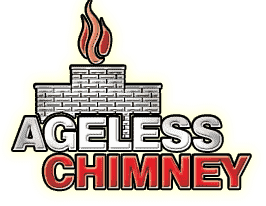Chimney Repair in Alphabet City, NY.
What our clients say




View our work
Browse all Services
contact us
6 Ways Professional Chimney Repair Services Can Increase the Value of Your Alphabet City, NY Home

New York County’s Trusted Chimney Repair Professionals
Are you having issues with your chimney? Perhaps the flue is damaged, the mortar is cracked, or the firebox and damper are covered with rust? Whatever the case may be, if you’re in need of chimney repair services in Alphabet City, NY, there’s only one company to call: Ageless Chimney. Since 2006, our professionally trained, fully certified technicians have been ensuring the safety, improving the comfort, and increasing the value of properties throughout New York County. We’re committed to delivering top-quality results and always go the extra mile to ensure customer satisfaction.
For top-quality chimney repair services in Alphabet City, NY, you can rely on Ageless Chimney. Call 516-795-1313 to schedule a free consultation today!
Owner Operated
Because all jobs are handled by an owner, you can rest assured that your project will command the attention it deserves.
Free Estimates
Great service at the best price. We will not be undersold. Our estimates are FREE and we will beat any written estimate.
24-Hour Emergency Service
Ageless Chimney is one of a few chimney companies to offer TRUE 24-hour emergency service should you need it.

How Chimney Repair Services Enhance the Value of Your Alphabet City, NY Home
Are you searching for a way to increase the value of your home in Alphabet City, NY? If you have a chimney, one of the best ways to do this is with professional chimney repair services. At Ageless Chimney, we specialize in chimney repair in New York County, ensuring the safety, efficiency, and aesthetic appeal of your home.
Here are six ways how our chimney repair services can benefit your home in Alphabet City, NY:
- Enhancing Your Home’s Aesthetic Appeal
Nothing detracts from the beauty of a home quite like a dilapidated chimney. Our skilled technicians at Ageless Chimney can restore your chimney, ensuring it adds charm to your property in Alphabet City, NY. We use high-quality materials that match the original construction to maintain your home’s aesthetic appeal.
A damaged chimney can lead to safety concerns, such as the risk of fire or the release of harmful gasses. Our professional chimney repair services include thorough inspections and repairs to ensure optimal safety. By fixing any issues, we help you create a secure environment for your family and reduce the risk of accidents.
- Improved Structural Integrity
A deteriorating chimney can pose a significant risk to your home’s structure. Our experienced technicians specialize in identifying and repairing chimney damage, such as cracks, gaps, or leaning structures. By addressing these issues promptly, we ensure the structural integrity of your chimney and minimize any potential hazards.
- Prevention of Further Damage
By investing in professional chimney repair services, you prevent minor issues from escalating into more significant and costly problems. Timely repairs can prevent water leaks, structural deterioration, and chimney crown damage. Our skilled technicians use advanced techniques and quality materials to fix the underlying issues, protecting your chimney from further damage.
- Improving Energy Efficiency
A well-maintained chimney increases the energy efficiency of your home. If your chimney has blockages or leaks, it can lead to a loss of warm air in the winter and cool air in the summer, resulting in increased energy bills. Our professionals at Ageless Chimney can help seal these leaks, saving you money on energy costs.
- Compliance with Local Building Codes
In New York County, it’s crucial to keep your property up to date with local building codes. These codes ensure that your home’s construction and maintenance practices, including your chimney, are safe and efficient. The team at Ageless Chimney is familiar with these standards and can help your home in Alphabet City, NY stay compliant.

Trust Ageless Chimney to Handle All Your Chimney Repair Needs
Don’t compromise the value and safety of your Alphabet City, NY home with a neglected chimney. Contact Ageless Chimney at 516-795-1313 to schedule an appointment with our skilled chimney repair team. We proudly serve homeowners in County County and are committed to exceeding your expectations with our top-notch services.
Have a question?
Prior to development, most of present-day Alphabet City was a salt marsh, regularly flooded by the tides of the East River (technically an estuary, not a river). Marshes played a critical role in the food web and protected the coast. The Lenape Native Americans who inhabited Manhattan before European contact presided over similar ecosystems from New York Bay to Delaware Bay. They tended to settle in forest clearings. In summer, however, they foraged shellfish, gathered cordgrass for weaving, and otherwise exploited the wetlands.
Dutch settlers brought a different model of land ownership and use. In 1625, representatives of the Dutch West India Company set their sights on lower Manhattan, with plans for a fortified town at its tip served by farms above. In 1626, they “purchased” the island from a local Lenape group and began parceling the land into boweries (from the Dutch for “farm”). The northern half of the Alphabet City area was part of Bowery Number 2. The southwest quarter was part of Bowery Number 3. Both belonged initially to the company but were soon sold to individuals. By 1663, a year before surrendering the colony to England, Director General Peter Stuyvesant had acquired the relevant part of Number 2 and much of Number 3 from other settlers. The company divided the southeast quarter of Alphabet City into small lots associated with larger parcels further away from the shore. In this way, upland farmers gained access to the unique tidal ecosystem-“salt meadow” as they called it-and with it, “salt hay,” a cordgrass species valued as fodder. In his influential Description of New Netherland (1655), Adriaen van der Donck informed his fellow Dutchmen:
There [are] salt meadows; some so extensive that the eye cannot oversee the same. Those are good for pasturage and hay, although the same are overflowed by the spring tides, particularly near the seaboard. These meadows resemble the lows and outlands of the Netherlands. Most of them could be dyked and cultivated.
Learn more about Alphabet City.
Local Resources
Useful links for Alphabet City, NY
Useful Links
Here are some chimney-related links:
